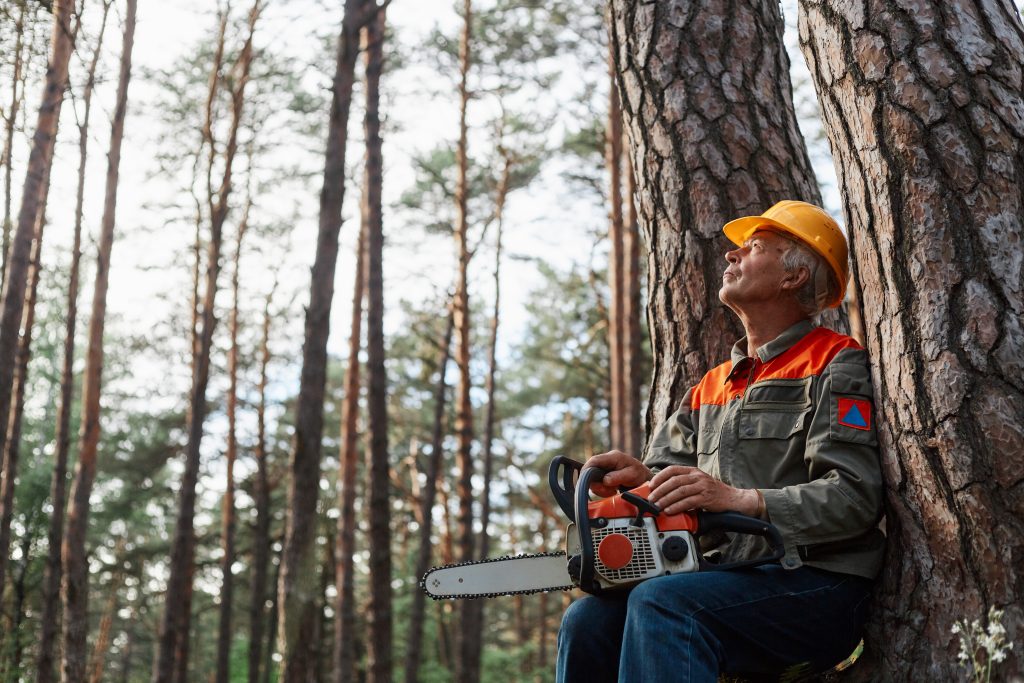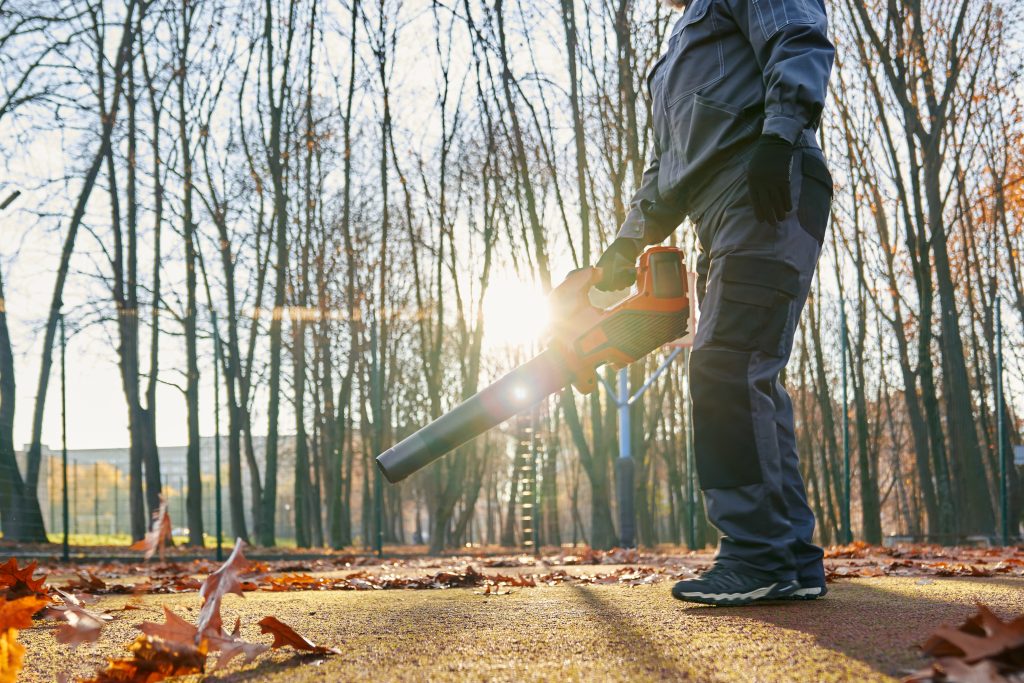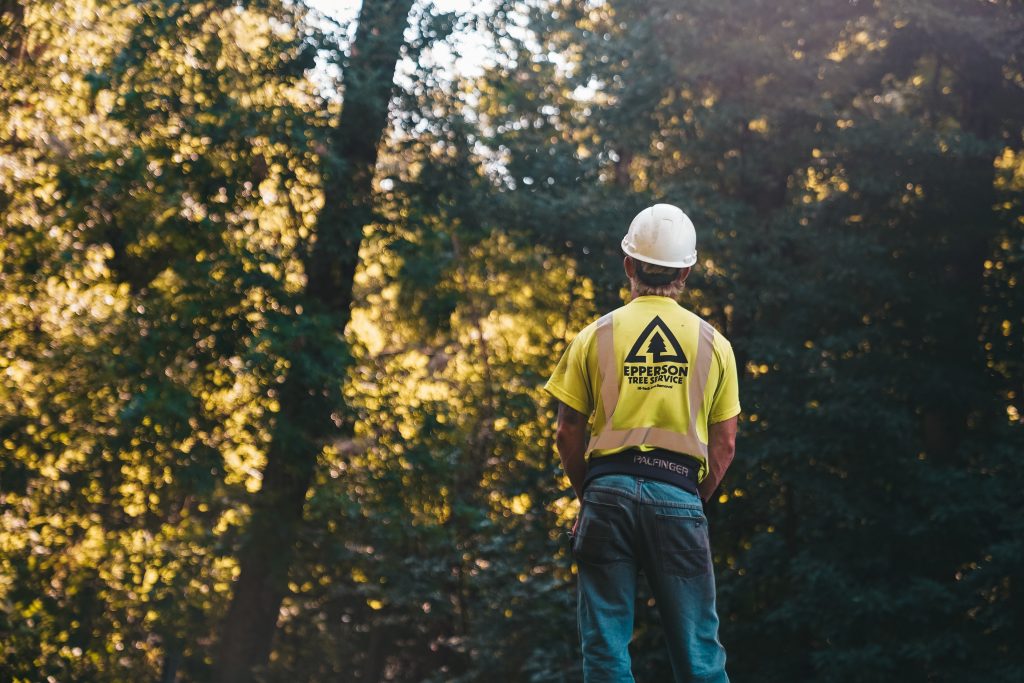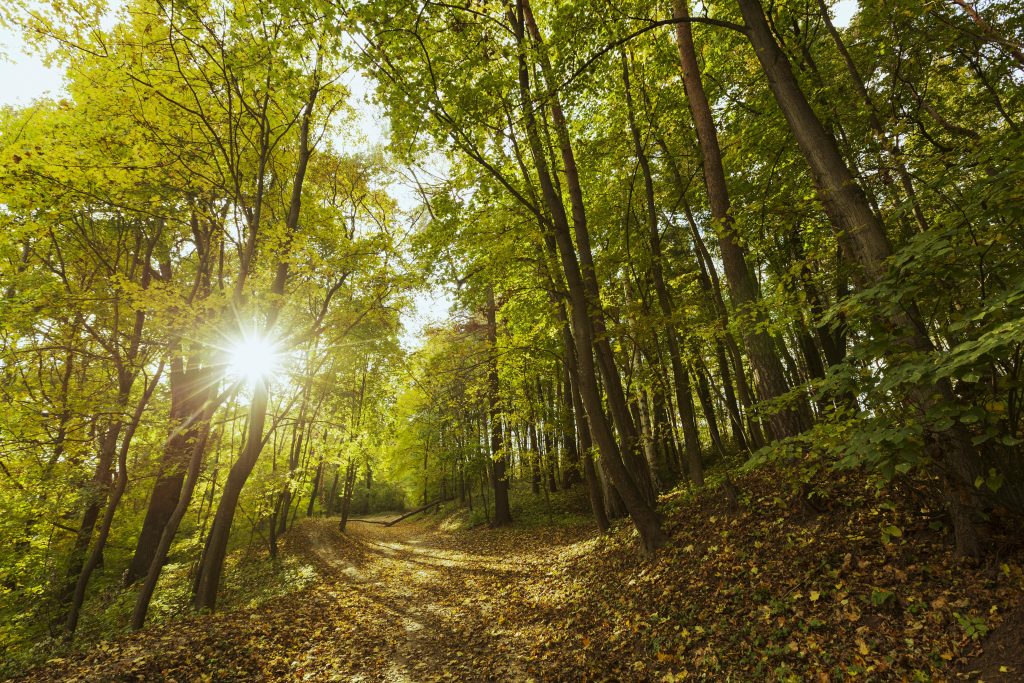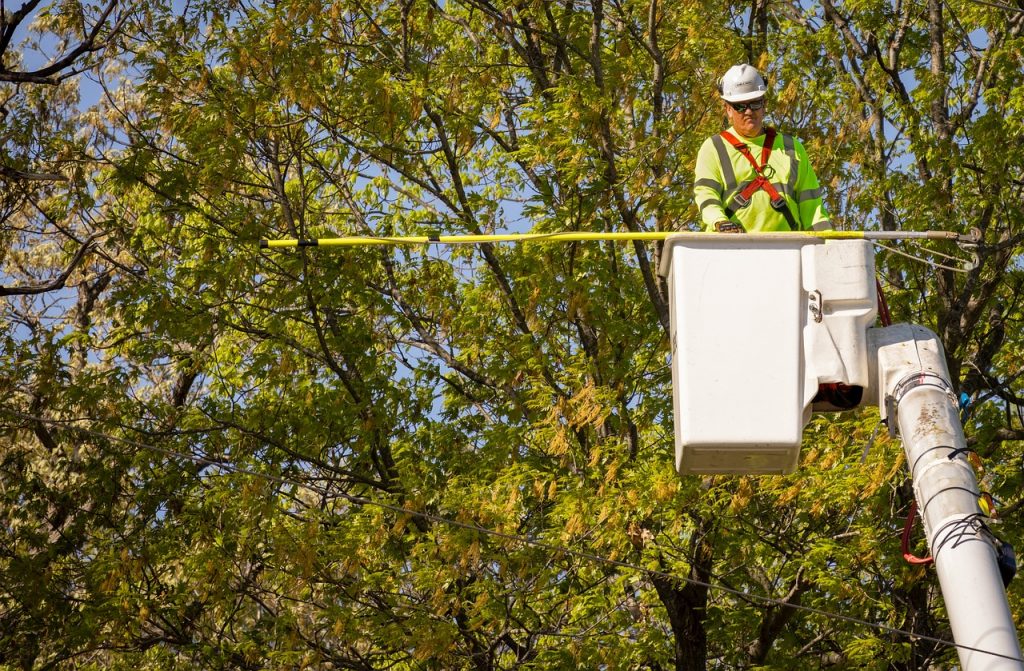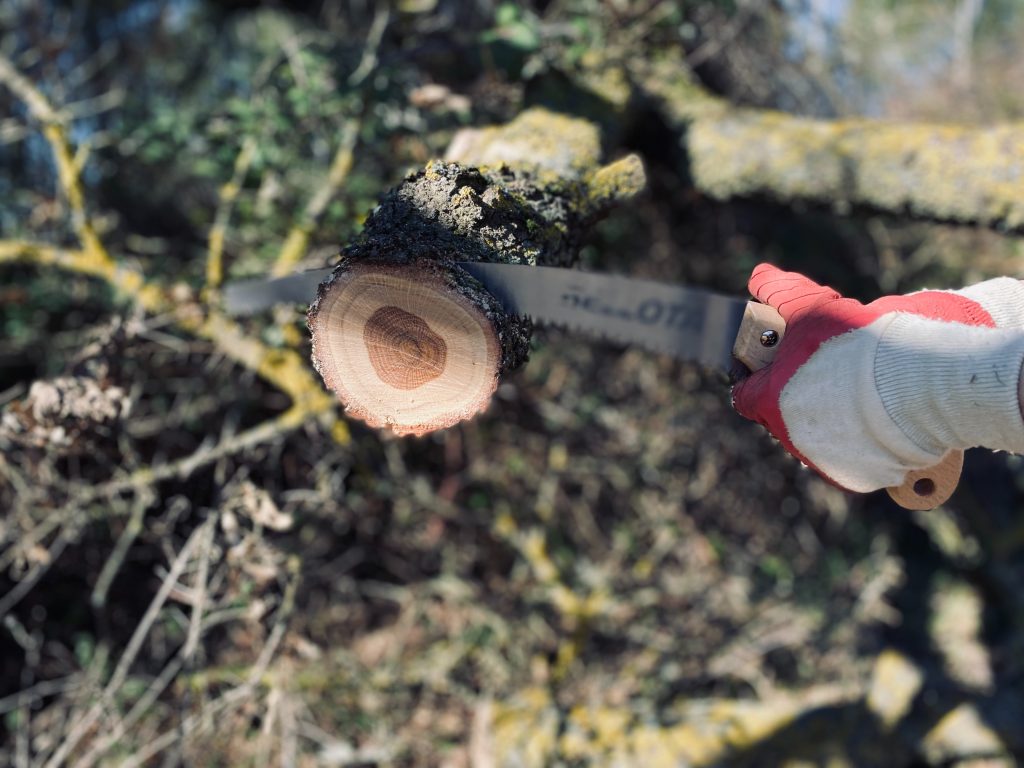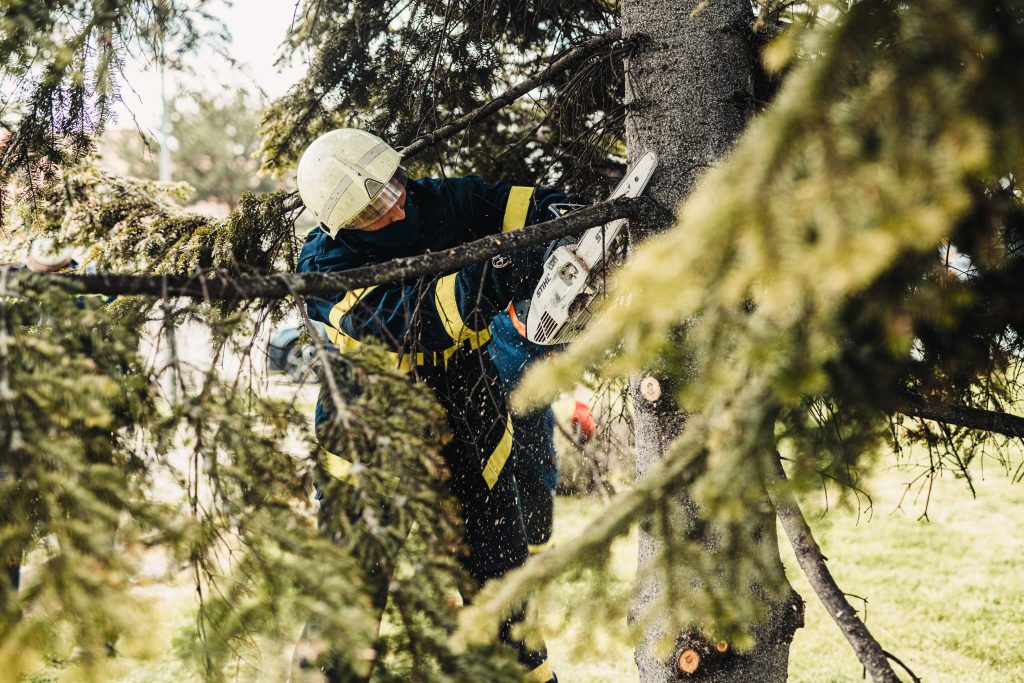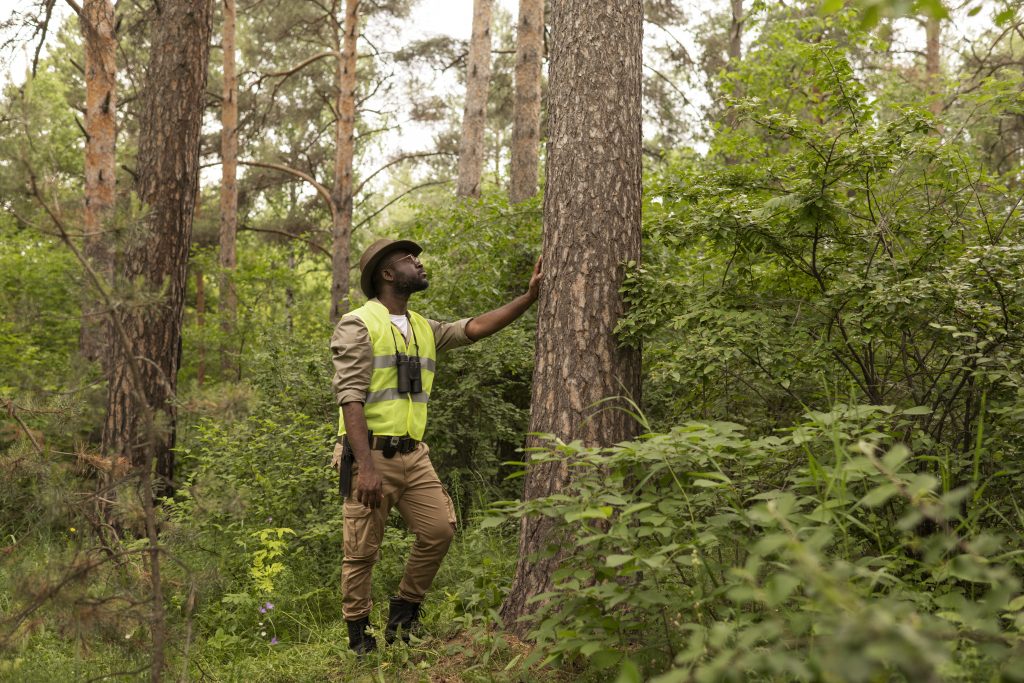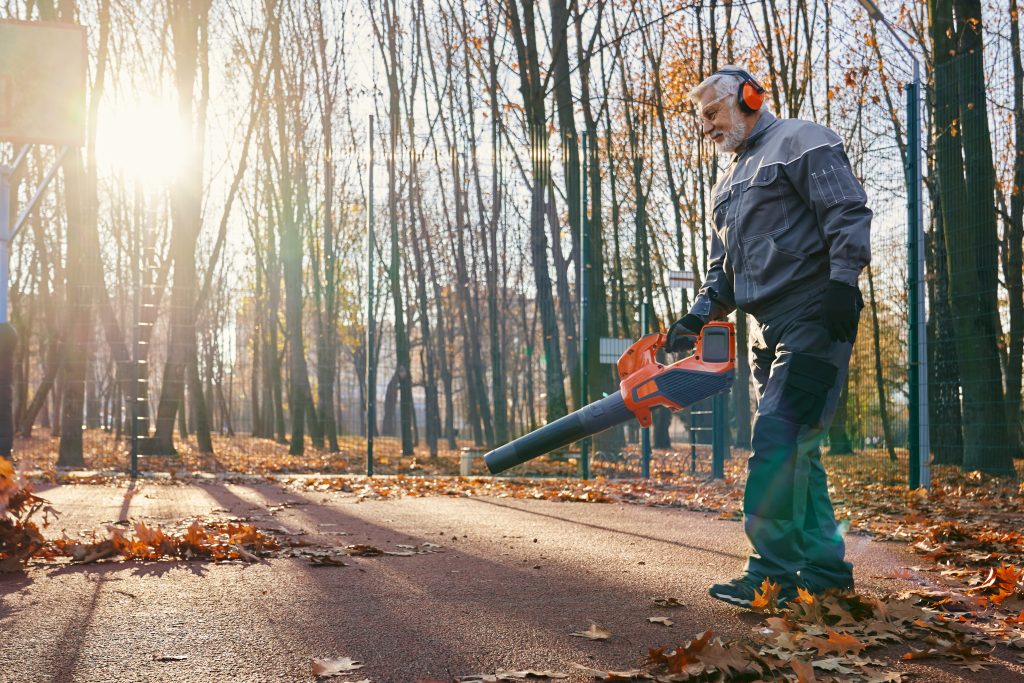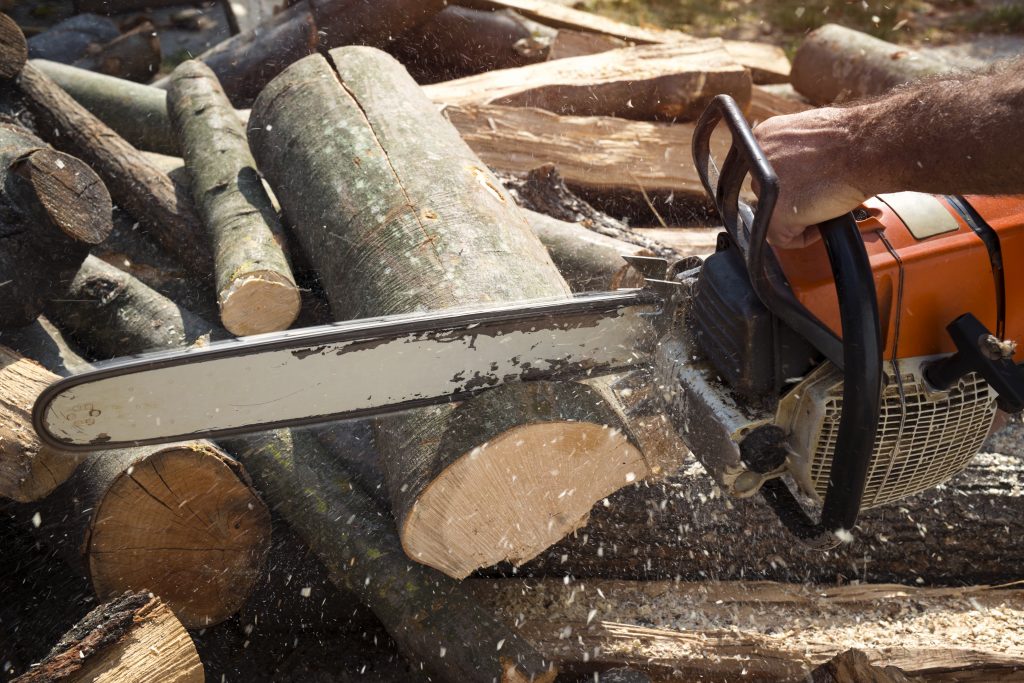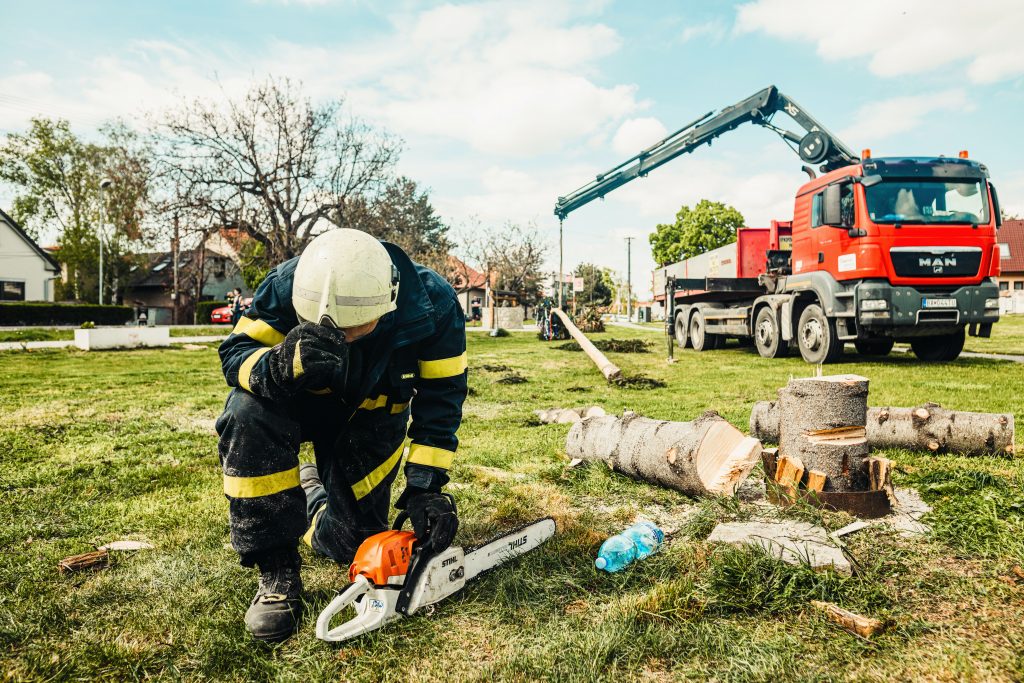How Much Does It Cost for Tree Removal in Midvale Utah?
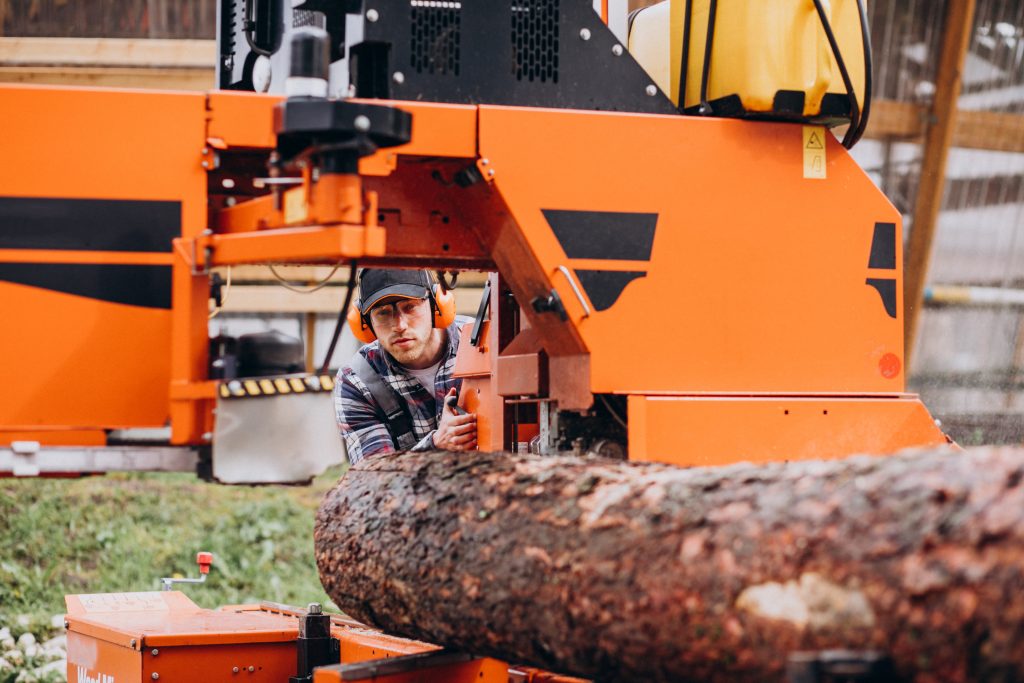
Do you have a tree in Midvale, Utah that needs to be removed? Wondering how much it will cost? Look no further. In this article, we will explore the tree removal cost in Midvale, Utah and provide you with all the information you need to make an informed decision. From the history of tree removal cost to tips for finding professional services, we’ve got you covered. So, let’s dive in and discover the ins and outs of tree removal in Midvale, Utah.
Key Takeaways
- The cost of tree removal in Midvale Utah can vary depending on factors such as the size, location, and complexity of the job, as well as any additional services required and the accessibility of the tree.
- The average price range for tree removal in Midvale Utah is between $500 and $1,500, with fluctuations in cost over the years influenced by factors such as rising equipment and insurance costs, as well as the economic impact on property values and the local economy.
- To budget and save on tree removal costs, it is recommended to obtain multiple quotes, consider the size and location of the tree, inquire about additional services and their costs, and explore cost-saving strategies, such as DIY options for smaller trees.
- When hiring a professional tree removal service, it is important to look for experience, proper equipment, and positive customer reviews. Additionally, it is advisable to choose licensed, insured, and reputable companies that can help with permit processes and ensure compliance with local regulations. Obtaining written estimates and comparing prices can help in choosing the most cost-effective option, and scheduling tree removal during off-peak seasons may potentially result in lower prices.
Introduction: Tree Removal Cost in Midvale Utah
Tree removal costs in Midvale, Utah can vary depending on factors such as the size and location of the tree. If you are planning to have a tree removed from your property, it is important to budget for the costs involved. Here are some tips for budgeting and cost-saving strategies to help you manage the expenses:
- Get multiple quotes: It is always a good idea to get quotes from multiple tree removal companies in Midvale, Utah. This will allow you to compare prices and choose the one that offers the best value for your money.
- Consider the size of the tree: The size of the tree plays a significant role in determining the cost of removal. Larger trees may require specialized equipment and more manpower, which can increase the overall cost.
- Location of the tree: The location of the tree can also impact the cost of removal. If the tree is situated in a hard-to-reach area or close to structures, additional precautions may need to be taken, leading to higher costs.
- Ask about additional services: Some tree removal companies may offer additional services such as stump grinding or debris removal. Inquire about these services and their costs to get a more accurate estimate.
History of Tree Removal Cost in Midvale Utah
In Midvale Utah, you’ll find that the price for getting rid of trees has fluctuated over the years. Understanding the cost trends and economic impact of tree removal is essential for homeowners and property owners in the area.
Over the past decade, the cost of tree removal in Midvale Utah has seen noticeable fluctuations. Factors such as supply and demand, labor costs, and the complexity of the tree removal project can greatly influence the overall cost. In general, the price for tree removal has been increasing steadily due to the rising costs of equipment, insurance, and specialized skills required.
The economic impact of tree removal in Midvale Utah is significant. As the cost of tree removal rises, it can have an effect on property values and landscaping expenses. Additionally, it can impact the local economy by creating job opportunities for tree removal companies and supporting related industries.
To ensure that you are getting the best value for your money, it is important to research and compare different tree removal services in Midvale Utah. Obtaining multiple quotes and considering factors such as experience, insurance coverage, and customer reviews can help you make an informed decision.
Next, we will provide you with some helpful tips on how to minimize tree removal costs and ensure a smooth process.
Tips
When it comes to tree removal, there are several factors that can affect the cost. These factors include the size and location of the tree, the complexity of the job, and any additional services required. On average, the price range for tree removal in Midvale, Utah, can vary from $300 to $3,000. However, there are some cost-saving tips that you can keep in mind, such as getting multiple quotes, scheduling the job during the off-season, and considering DIY options for smaller trees.
Factors Affecting Cost
One of the factors that can affect the cost of tree removal in Midvale, Utah is the size of the tree. Larger trees require more effort and equipment to remove, which can drive up the cost. Other factors that may impact pricing considerations include the location of the tree, accessibility, and the complexity of the job. Trees located near buildings or power lines may require additional precautions and expertise, resulting in higher costs. Additionally, if the tree is in a hard-to-reach area, such as a backyard with limited access, specialized equipment may be needed, increasing the overall price. It’s important to consider these factors when obtaining quotes for tree removal services in Midvale, Utah. Now, let’s explore the average price range for tree removal in the area.
Average Price Range
To get an idea of what you can expect to pay for removing a tree in Midvale, Utah, check out the average price range in the area. Tree removal costs in Midvale can vary depending on factors such as the size of the tree, its location, and the complexity of the job. On average, you can expect to pay between $500 and $1,500 for tree removal services in Midvale. However, it is important to note that these prices are just averages and can be higher or lower depending on the specific circumstances. If you are looking for cost-saving strategies or cost-effective alternatives, consider contacting multiple tree removal companies to compare quotes or exploring options like tree trimming instead of complete removal. Saving money on tree removal is possible with some research and careful consideration of alternatives. Moving forward, let’s delve into some cost-saving tips for tree removal in Midvale.
Cost-Saving Tips
If you’re looking to save money on removing a tree in Midvale, Utah, there are several cost-saving tips you can consider. First, make sure to get multiple quotes from different tree removal companies to compare prices. This will help you find the most affordable option for your needs. Additionally, consider scheduling the tree removal during the off-season, as many companies offer discounts during this time. Another cost-saving strategy is to bundle multiple tree removals together, as some companies offer discounts for removing multiple trees at once. Finally, you can also save money by handling the tree removal yourself, but keep in mind that this can be dangerous and may require specialized tools and equipment. By following these cost-saving strategies, you can find affordable options for tree removal in Midvale, Utah. Now, let’s discuss the traits of professional tree removal services.
Traits of Professional Tree Removal Services
You can easily identify professional tree removal services by looking for traits such as experience, proper equipment, and positive customer reviews. When it comes to tree removal, it is important to find a service that not only gets the job done efficiently but also provides value for your money. By hiring professionals with the right experience, you can ensure that they have the knowledge and skills required to handle the task effectively. Additionally, professional tree removal services will have the proper equipment to safely remove trees without causing any damage to your property or surrounding areas. This not only ensures the safety of the workers but also minimizes the risk of accidents or property damage. Lastly, positive customer reviews are a good indicator of the quality of service provided by a tree removal company. Reading reviews can give you insights into the experiences of previous customers and help you make an informed decision. With these traits in mind, you can select a professional tree removal service that meets your needs and expectations. Now, let’s explore the steps for safe and efficient tree removal.
Steps for Safe and Efficient Tree Removal
When it comes to tree removal, there are several steps you can take to ensure the process is safe and efficient. By following these steps, you can minimize the risks and costs associated with tree removal. Here are some cost saving tips and traits of professional tree removal services to keep in mind:
- Conduct a thorough assessment of the tree: Before removing a tree, it’s important to assess its health, size, and location. This will help determine the best approach for removal and whether any additional equipment or permits are needed.
- Hire a professional tree removal service: Professional tree removal services have the expertise and equipment necessary for safe and efficient tree removal. Look for companies that are licensed, insured, and have a good reputation in your area.
- Obtain necessary permits: Depending on your location, you may need to obtain permits before removing a tree. Professional tree removal services can help you navigate the permit process and ensure compliance with local regulations.
- Consider the disposal of the tree: Tree removal often involves the disposal of the tree debris. Some tree removal services offer additional services such as tree stump grinding and wood chipping, which can help reduce disposal costs.
- Ask for a written estimate: Before hiring a tree removal service, request a written estimate that includes the cost of labor, equipment, and any additional services. This will help you compare prices and choose the most cost-effective option.
Goals
To achieve the goals of efficient tree removal, it’s essential to follow the steps outlined in the previous section. By following these steps, you can ensure that the process is safe, effective, and cost-efficient. In this section, we will discuss the goals of efficient tree removal and provide you with cost-saving strategies and tips for finding affordable options.
One of the primary goals of efficient tree removal is to minimize costs without compromising on safety or quality. By implementing cost-saving strategies, you can significantly reduce the expenses associated with tree removal. Here are some strategies to consider:
| Cost-Saving Strategy | Description |
|---|---|
| Get Multiple Quotes | Obtain quotes from multiple tree removal companies to compare prices. |
| Consider Seasonal Timing | Schedule tree removal during off-peak seasons when prices may be lower. |
| Salvage and Sell Wood | Explore options for salvaging and selling the wood from the tree. |
| DIY Tree Removal | If appropriate and safe, consider removing the tree yourself. |
| Community Programs | Look for community programs or grants that offer assistance with tree removal costs. |
Habits for Cost-Effective Tree Removal in Midvale Utah
Implementing cost-saving strategies and exploring community programs can help you achieve the goal of finding affordable tree removal solutions in Midvale, Utah. When it comes to cost-saving strategies, one effective approach is to compare prices from different tree removal companies in your area. By obtaining multiple quotes, you can identify the most competitive rates and ensure you are getting the best value for your money. Additionally, consider scheduling your tree removal during the off-peak season when demand is lower and prices may be more negotiable. Another cost-saving strategy is to explore community programs that offer discounted or subsidized tree removal services. Contact your local government or community organizations to inquire about any available programs or resources. They may have initiatives in place to assist residents with affordable tree removal options. By taking advantage of these strategies, you can find affordable services that meet your needs and budget. Now, let’s delve into a real-life story that highlights the importance of cost-effective tree removal in Midvale, Utah.
A Real-Life Story
If you’re looking for an example of how cost-effective tree removal strategies can make a difference, let me share a real-life story from Midvale, Utah. One homeowner in Midvale had a large tree in their backyard that needed to be removed due to its deteriorating condition. Like most homeowners, they were concerned about the cost of tree removal. They decided to do some research and explore cost-saving strategies. After consulting with multiple tree removal companies, they discovered that prices can vary significantly. By getting multiple quotes, they were able to compare prices and find a company that offered a reasonable rate for the job. Additionally, they learned that timing plays a crucial role in cost savings. By scheduling the tree removal during the off-peak season, they were able to negotiate a lower price. Ultimately, through their real-life experience and smart decision-making, they were able to save a significant amount of money on tree removal. This story highlights the importance of researching and exploring different options to find the most cost-effective solution for your tree removal needs.
Quotes
When comparing quotes from different tree removal companies, it’s important to consider both the cost and the quality of the services provided. The tree removal process can be complex and requires specialized equipment to ensure the job is done safely and efficiently. As you gather quotes, make sure to inquire about the specific equipment that will be used. A professional tree removal company will have a variety of tools at their disposal, such as chainsaws, chippers, and cranes, to handle trees of all sizes and conditions. They should also have the necessary safety gear, such as helmets and harnesses, to protect themselves and your property during the removal process. While cost is an important factor to consider, it shouldn’t be the only determining factor. It’s crucial to find a company that not only offers competitive pricing but also has a reputation for providing high-quality services. By taking the time to compare quotes and evaluate the equipment and services offered, you can make an informed decision and ensure that your tree removal needs are met efficiently and effectively. Now, let’s delve into some secrets about tree removal that you might find surprising.
Secrets
Now that you have gathered quotes for tree removal in Midvale, Utah, let me share with you some secrets to help you save on costs. It’s always a good idea to explore different options before making a decision. One cost-saving tip is to consider hiring a local tree removal service. Local companies often have lower overhead costs, which can translate into more affordable prices for you.
Another secret is to schedule tree removal during the off-season. Many tree removal companies have reduced rates during winter months when demand is lower. Additionally, if you have multiple trees that need to be removed, bundling the services can often lead to discounts.
However, it’s important to weigh the pros and cons of cost-saving measures. While hiring a local company or opting for off-season removal can save you money, it’s crucial to ensure that quality and safety are not compromised. Always check for proper licensing, insurance, and certifications to guarantee that the company you hire is reputable and capable of providing a high standard of service.
With these cost-saving tips in mind, let’s delve into some insights on tree removal cost in Midvale, Utah, so you can make an informed decision.
Insights on Tree Removal Cost in Midvale Utah
Let’s take a closer look at the factors that influence the price of removing trees in Midvale, Utah. When it comes to tree removal, there are various techniques that can be employed to ensure the task is completed safely and efficiently. These techniques, such as climbing, rigging, and the use of specialized equipment, can impact the overall cost of the service. Additionally, hidden costs can also come into play. For example, if the tree is located in a hard-to-reach area or if there are obstacles such as buildings or power lines nearby, the complexity of the job can result in higher costs.
To accurately determine the cost of tree removal in Midvale, it is essential to consider these factors and obtain quotes from reputable tree removal companies. By doing so, you can ensure that you are aware of any potential hidden costs and can compare prices and services offered. It is important to note that while cost is an important consideration, it should not be the sole factor in your decision-making process. It is equally crucial to consider the expertise, reputation, and customer reviews of the tree removal company to ensure a quality and satisfactory service.
Understanding the factors that influence tree removal costs in Midvale, Utah, provides valuable insights into the process. However, it is equally important to weigh the benefits and risks associated with tree removal, which we will explore in the next section.
Benefits and Risks
To make an informed decision about tree removal, it’s essential to consider the benefits and risks involved. Understanding the pros and cons of tree removal can help you weigh the options and determine if it is the right choice for you. One of the benefits of tree removal is the potential cost savings in the long run. Trees that are diseased, damaged, or dead can pose a risk to your property and can be expensive to maintain or remove if left unattended. By addressing these issues promptly, you can avoid costly repairs or accidents down the line. However, it’s important to note that there are also risks associated with tree removal. It can be a dangerous task, especially for larger trees or those located near structures or power lines. Hiring professional tree removal services is highly recommended to ensure the job is done safely and efficiently. Additionally, factors such as the size and location of the tree, as well as any additional services required, can affect the overall cost of tree removal. By considering these factors and implementing cost-effective habits, you can budget for tree removal and make the process more affordable. It’s also worth exploring price comparison options to find the best deal without compromising on quality. When it comes to tree removal, there are certain mistakes to avoid. Attempting to remove a tree yourself without proper knowledge or equipment can lead to accidents and costly damages. It’s crucial to prioritize safety and hire professionals for the task. In conclusion, understanding the benefits and risks of tree removal, as well as implementing cost-saving strategies, can help you make an informed decision and budget effectively for the removal process.
Transition: Now that you have a better understanding of the benefits and risks of tree removal, let’s delve into some valuable lessons learned from real-life experiences.
Lessons
When it comes to tree removal, there are several key points to consider. First, it’s important to explore price comparison options to ensure you’re getting the best deal. Next, understanding the factors that can affect the cost of tree removal, such as the size and location of the tree, will help you better estimate expenses. Lastly, knowing the average removal expenses in your area will give you a benchmark to work with as you plan your budget.
Price Comparison Options
You can compare prices for tree removal in Midvale, Utah using various options. Price comparison is an essential step in ensuring you get the best deal and save money on tree removal services. To start, you can reach out to multiple tree removal companies in the area and request quotes. This will allow you to compare their prices and services side by side. Additionally, you can also utilize online platforms that provide price comparison tools specifically for tree removal services. These platforms allow you to input your requirements and receive multiple quotes from different companies. By taking advantage of these price comparison options, you can easily identify the most cost-effective strategies and make an informed decision about your tree removal needs. Now, let’s delve into the factors that can affect the cost of tree removal.
Factors Affecting Cost
One of the factors that can impact the price of removing a tree in Midvale, Utah is its size. When considering the cost of tree removal, it is essential to take into account various factors that can influence the overall expense. These factors include the size of the tree, the location of the tree, and the complexity of the removal process. Trees with larger diameters and heights generally require more labor and specialized equipment, leading to higher costs. Additionally, if the tree is located in a difficult-to-reach area or near power lines, extra precautions and expertise may be required, further increasing the price. To accurately estimate the cost of tree removal, professional arborists use cost estimation methods that take into consideration these factors and provide an accurate assessment. Understanding these factors and cost estimation methods can help you make informed decisions when seeking tree removal services. Moving on to average removal expenses, the overall cost can vary depending on several factors.
Average Removal Expenses
The average expenses for removing a tree in Midvale, Utah can vary based on a variety of factors. Understanding these factors can help you plan and budget accordingly. One of the primary tree removal cost factors is the size of the tree. Larger trees typically require more labor and equipment, leading to higher costs. The location of the tree is another important consideration. If the tree is near power lines or structures, additional precautions and expertise may be needed, resulting in increased expenses. Additionally, the condition of the tree and the complexity of the removal process can impact the overall cost. To save on tree removal expenses, consider obtaining multiple quotes from different professionals, as prices can vary. Also, scheduling the removal during the off-season or bundling multiple tree removals together can help reduce costs. With these cost-saving strategies in mind, let’s now explore some routines for maintaining your yard’s health and beauty.
Routines
There’s a variety of routines that can be followed for effective tree removal in Midvale, Utah. When it comes to removing a tree, it’s important to have a systematic approach that ensures safety and efficiency. One routine that can be followed is assessing the tree’s condition and size. This step helps determine the complexity of the removal process and the equipment needed. Another routine is obtaining the necessary permits and permissions. In Midvale, Utah, there may be specific regulations and guidelines that need to be followed before removing a tree. By familiarizing yourself with these requirements, you can avoid potential legal issues and delays. Additionally, it is important to consider cost-saving strategies. For example, instead of hiring a professional tree removal service, you can choose to do it yourself if you have the proper equipment and knowledge. However, it is crucial to weigh the pros and cons before making this decision. By following these routines and considering cost-saving strategies, you can ensure a successful tree removal process in Midvale, Utah.
Pros and Cons
Consider weighing the advantages and disadvantages before making a decision about tree removal. There are several pros and cons to consider when deciding whether or not to remove a tree. On the pro side, tree removal can enhance the aesthetic appeal of your property, improve safety by eliminating the risk of falling branches, and create more space for other landscaping projects. Additionally, removing a tree that is diseased or infested can prevent the spread of pests and diseases to other trees in the area. However, there are also cons to consider. Removing a tree can be expensive, especially if it is large or in a difficult location. Furthermore, trees provide shade, reduce noise pollution, and contribute to the overall health of the environment. It is important to carefully evaluate these pros and cons before deciding to remove a tree.
Transitioning into the subsequent section about ‘dos and don’ts {table}’, it is crucial to understand the proper steps and precautions involved in tree removal.
Dos and Dont’s
Now that we’ve discussed the pros and cons of tree removal in Midvale, Utah, let’s delve into some dos and don’ts to help you navigate this process smoothly and cost-effectively. By following these strategies, you can save money and ensure a successful tree removal experience.
To assist you further, here is a table outlining some key dos and don’ts:
| Dos | Don’ts |
|---|---|
| Obtain multiple quotes from contractors | Neglect to research the contractor’s credentials |
| Communicate your expectations clearly | Attempt to remove the tree yourself |
| Ask about any hidden costs or fees | Overlook the need for permits or insurance |
| Consider scheduling tree removal in the off-season | Ignore the potential impact on nearby structures |
| Explore recycling or selling the wood | Forget to ask about stump removal options |
Mistakes to Avoid
To avoid potential issues, make sure you thoroughly research the credentials of any contractor you are considering for the job. When it comes to tree removal, it’s important to find a contractor who not only offers competitive pricing but also has the expertise and experience to get the job done safely and efficiently. Here are some cost saving tips and cost effective strategies to keep in mind.
Firstly, consider getting multiple quotes from different contractors. This will allow you to compare prices and choose the most affordable option. However, be cautious of extremely low prices, as they may indicate subpar services.
Another cost saving tip is to schedule your tree removal during the off-peak season. Contractors are usually more willing to negotiate prices during slower periods. Additionally, if you have multiple trees that need to be removed, consider bundling them together to potentially receive a volume discount.
Furthermore, it’s important to ask the contractor about their cleanup services. Some contractors include debris removal in their pricing, while others may charge extra. By clarifying this upfront, you can avoid any unexpected costs.
In conclusion, by researching contractor credentials, obtaining multiple quotes, scheduling during the off-peak season, and clarifying cleanup services, you can implement cost saving tips and cost effective strategies for your tree removal project.
Key takeaways: Thoroughly research contractor credentials, obtain multiple quotes, schedule during the off-peak season, and clarify cleanup services.
Key Takeaways
Thoroughly researching contractor credentials, obtaining multiple quotes, scheduling during the off-peak season, and clarifying cleanup services are key takeaways to keep in mind for your tree removal project. When it comes to cost saving tips, it is essential to do your due diligence and find a professional tree removal service that offers competitive pricing without compromising quality. Researching contractor credentials ensures that you hire a reputable and experienced company that will provide the necessary expertise for your project. Obtaining multiple quotes allows you to compare prices and find the best deal for your budget. Scheduling during the off-peak season can also help save money, as tree removal services tend to be less busy and may offer discounted rates. Lastly, clarifying cleanup services is important to avoid any additional costs or surprises after the tree removal is complete. By understanding these key takeaways and implementing them into your project, you can ensure a cost-effective and successful tree removal experience. Now, let’s explore the specific action steps for tree removal cost in Midvale, Utah, to further assist you in planning your project.
Specific Action Steps for Tree Removal Cost in Midvale Utah
When it comes to tree removal, there are several factors that can affect the cost. These factors include the size and location of the tree, the complexity of the job, and any additional services that may be required. It is important to compare different service providers to ensure you are getting the best price and quality of work. Lastly, budgeting for tree removal is essential to avoid any unexpected costs and to ensure that you can afford the service.
Factors Affecting Cost
You’ll need to consider several factors that can impact the cost of tree removal in Midvale, Utah. Factors such as the size and height of the tree, its proximity to structures or power lines, and the complexity of the job can all affect the overall cost. Additionally, the type of tree and its condition, as well as any additional services required, such as stump removal or debris hauling, can also contribute to the final price. To save on costs, consider getting multiple quotes from different service providers, as prices can vary. It’s also worth asking if the company offers any discounts or promotions. By carefully assessing these factors and exploring cost-saving tips, you can make an informed decision when comparing different service providers.
Comparing Different Service Providers
Now that you understand the factors that can affect the cost of tree removal, it’s time to compare different service providers. When it comes to cost comparison, it’s important to consider not only the price but also the quality of the service. Look for reputable companies that have a track record of providing excellent tree removal services in Midvale, Utah. Read customer reviews and testimonials to gauge the satisfaction level of their previous clients. Additionally, consider reaching out to multiple service providers to get quotes and compare them. Remember, the lowest price may not always indicate the best quality, so it’s crucial to assess the expertise, experience, and equipment of each provider as well. With this information, you’ll be better equipped to make an informed decision when it comes to choosing the right service provider for your tree removal needs.
When budgeting for tree removal, it’s important to take into account various factors that may impact the cost.
Budgeting for Tree Removal
To properly budget for removing a tree, consider the various factors that can impact the overall expense. When it comes to tree removal, it is important to plan ahead and allocate your resources wisely. Budgeting for this task involves understanding the costs involved and exploring cost-saving techniques. Firstly, you should assess the size and location of the tree. Larger trees and those closer to structures or power lines may require specialized equipment or additional manpower, increasing the cost. Secondly, consider the condition of the tree. If it is healthy and structurally sound, it may be more affordable to prune or trim it instead of removing it entirely. Additionally, shopping around and obtaining multiple quotes from reputable tree service providers can help you compare prices and find the best deal. Lastly, consider the time of year. Some companies offer discounted rates during the off-season, so scheduling your tree removal during this time can lead to significant cost savings. By carefully considering these factors and implementing cost-saving techniques, you can effectively budget for tree removal and ensure a smooth and affordable process.
Frequently Asked Questions
Are There Any Additional Fees or Hidden Costs Associated With Tree Removal in Midvale, Utah?
When it comes to tree removal in Midvale, Utah, you might be wondering about any hidden costs or additional fees. It’s important to know that some companies might charge extra for stump removal or debris disposal.
Is There a Minimum Charge for Tree Removal Services in Midvale, Utah?
There’s no “one size fits all” when it comes to tree removal in Midvale, Utah. The cost depends on various factors like the size of the tree, its location, and the complexity of the job.
Can I Save Money by Removing the Tree Myself Instead of Hiring a Professional Service?
You may think DIY tree removal will save money, but it can be risky and costly if not done properly. Hiring a professional tree removal service ensures a safe and efficient process.
Are There Any Regulations or Permits Required for Tree Removal in Midvale, Utah?
Before you start calculating the cost of tree removal in Midvale Utah, make sure you’re aware of the regulations and permits required. It’s important to abide by the rules while factoring in the expense.
What Factors Can Affect the Cost of Tree Removal in Midvale, Utah?
Factors such as tree size, location, complexity, and equipment needed can affect the cost of tree removal. Common techniques used include cutting down the tree, removing the branches, and grinding the stump.
If you need a tree service in Utah, you can call:
Truco Services, Inc.
4640 Commerce Drive
Murray, Utah 84107
(801) 466-8044
https://truetreeservices.com/
